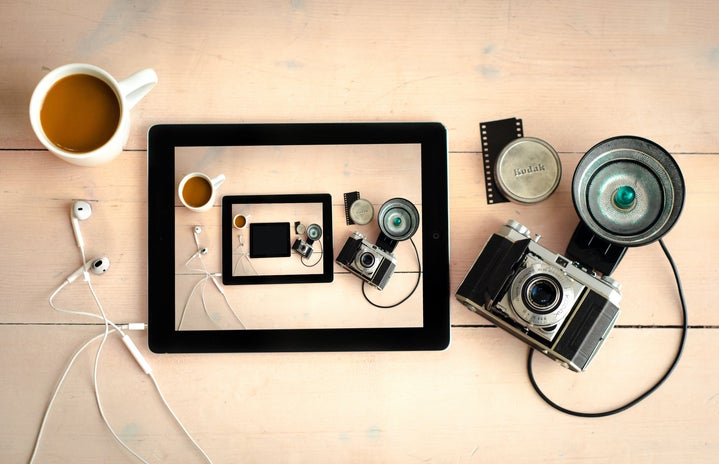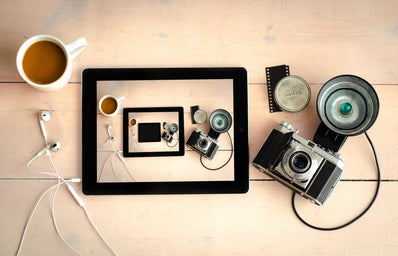Name: Pamela Romero
Year: Senior
Major: Neuroscience and Behavioral Biology
Hometown: Tegucigalpa, Honduras
Extracurricular Activities: Currently: only Science.Art.Wonder (SAW), past: photographer for The Emory Wheel, Community chair at Voices of Inner Strength (VOIS), Academic Fellow, part of the DUC Renovation Committee
Tameka: How would you describe yourself in 5 words?
Pamela: A contradiction, logical but also emotional, scientific yet artsy, all bundled up in passionate and inquisitive.
T: What is Science.Art.Wonder? What is your role?
P: Science. Art. Wonder (SAW) is an Emory-based but Atlanta-wide initiative that partners artists with scientists to create scientific art. Our artists span Emory, Georgia Tech, Georgia State University, metro Atlanta, and Puerto Rico. Our scientists are currently from Emory and Georgia Tech. We aim to promote interdisciplinary education, science outreach, and the importance of art in our society. I am the founder and president of Science.Art.Wonder (SAW).
T: How did you discover your passion for Science and Art?
P: I grew up going to art class since I was four. Me and everyone around me thought I would pursue art as a career as an architect or designer. But in 9th grade, I was intrigued by psychology, and started taking online classes on neuroscience. I fell in love with it, and contrary to a lot of people’s opinion, I decided to come to Emory to major in neuroscience. People used to tell me that I would fail if I attempted to do both. When coming to Emory, I was determined to prove them wrong. So I started making connections, such as Dr. Nicole Gerardo. We became the first artist-researcher partnership of what was to become SAW, by meeting informally and discussing her research as I created an artwork as an aid for her to explain her research unto others. We then got the idea of wanting to share what we experienced unto others.
T: What is your hope for Science.Art. Wonder? Any goals or upcoming projects?
P: My hope for SAW is for SAW to spearhead a collaboration unlike no other in Atlanta. Cooperation across college institutions, as I hope to strengthen that in this coming year. For the next 5 years, my aim is for top-tier college institutions, through SAW, lead an innovation in STEM education in K-12. SAW is expanding it’s reach to partner with K-12 institutions and bring real scientists and artists to a dialogue with children and high school students. I wish to mesmerize them with the infinite world of possibilities science and art have to offer, while peeling away the threatening and intimidating face society often portrays science as. I hope that college and K-12 might share an intricate and self-correcting process such that we best prepare leaders of tomorrow by having our growing leaders of today (which usually are current college students) speak out as to what gaps still exist or stumbling blocks they are encountering right now. I would describe this as a positive feedback loop from the higher education to K-12.
SAW has recently appeared in March for Science, as our commitment to science. Next year, we aim to collaborate with Graduation Generation, an Emory-based initiative that works with underprivileged schools in Atlanta, to begin our integration into K-12. We will work alongside Graduation Generation’s support of improving STEM curricula in underprivileged communities. We will also bring our artist-researcher matches unto classrooms and work alongside elementary school students in art-science projects.
This summer, we will launch our website, which will include the following resources: an arts anthology of all the artwork produced this past year, geared towards science and art enthusiasts, but especially towards high school students interested in getting a glimpse of what research and certain fields (such as physics and mathematics) look like at the college level. We hope this will spark or reassure students in their interest in these fields. Secondly, we will also include a list of instructions for science demos our artist-researcher matches have come up with that K-12 educators can implement in their classrooms.

